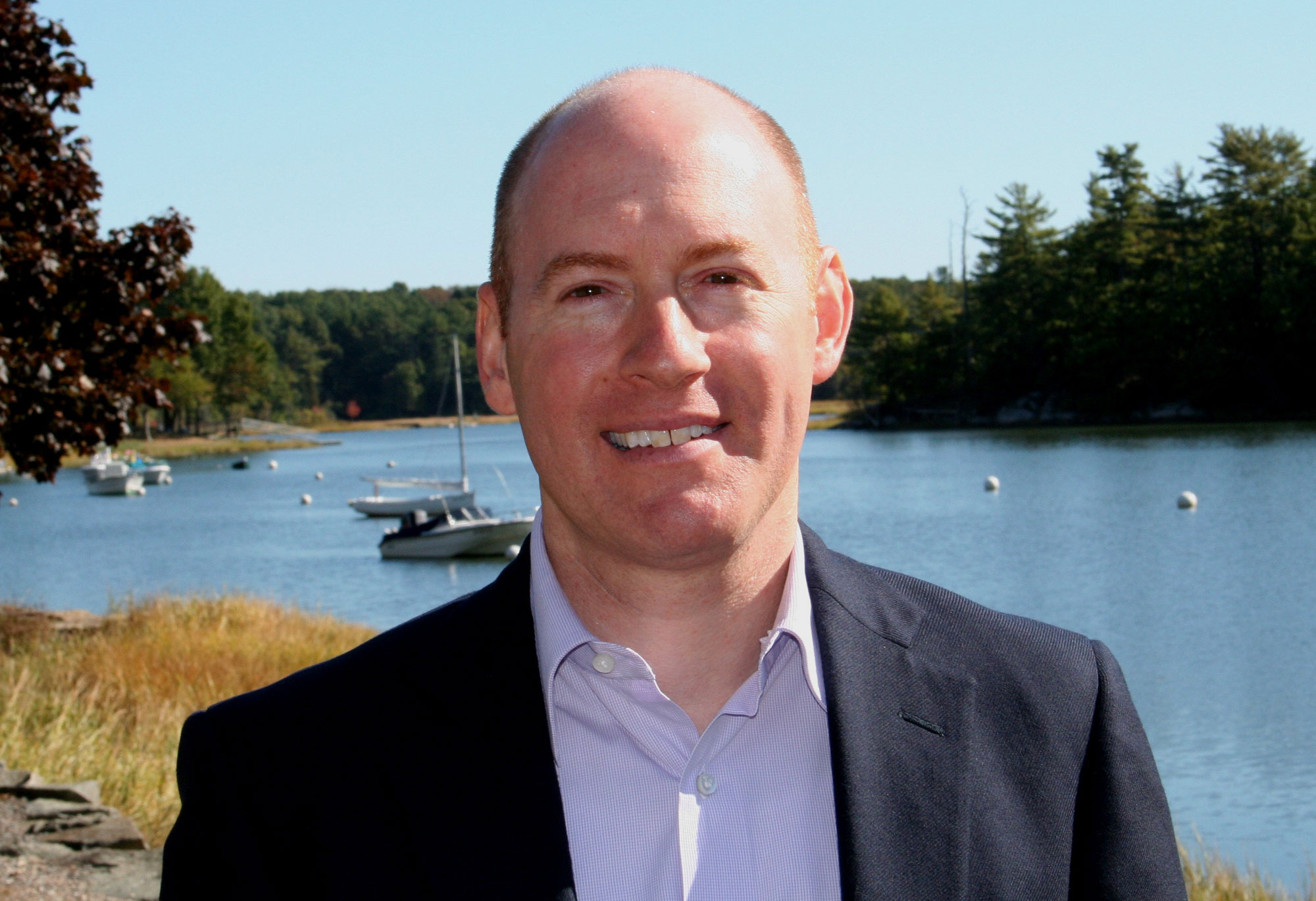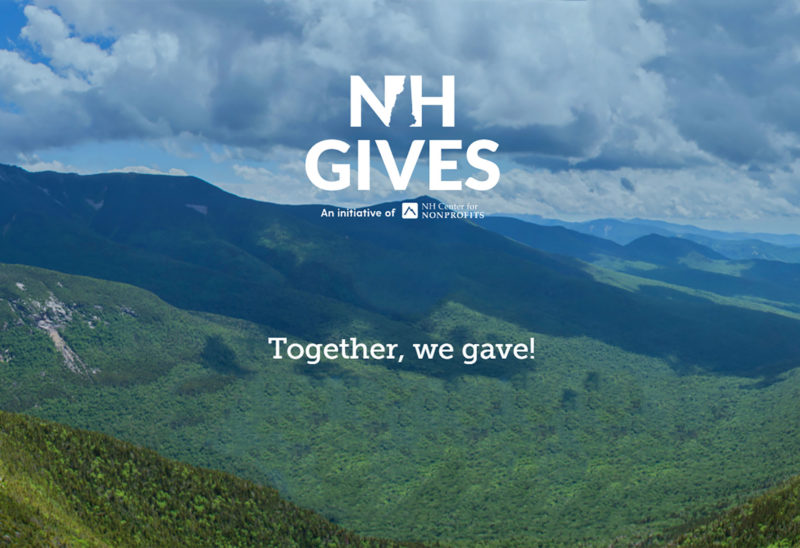By Todd Selig
National Estuaries Week is September 17-24. Because the Great Bay is one of only 28 in the United States designated as an “estuary of national significance,” it deserves special recognition and our appreciation for all it provides.
Rivers flowing from 52 communities in New Hampshire and Maine, from Wakefield in the north to Seabrook in the south, converge with the waters of the Atlantic Ocean to form the Great Bay and Hampton-Seabrook estuaries. The watershed covers 1086 square miles. These bays provide critical wildlife habitat, nurseries for seafood production, buffering from coastal flooding, recreational enjoyment, and safe harbor for marine commerce such as lobster fishing and an emerging industry of oyster aquaculture.
In turn, the wetlands, oysters, and eelgrass provide natural erosion control, water purification, nitrogen cycling, and flood protection that would otherwise require significant public and private investment to achieve with infrastructure. A less obvious, but no less important aspect of the ecosystem is its biological diversity. This is because estuaries are places where freshwater meets saltwater, and they have a vast array of creatures associated with both.
Our New Hampshire Seacoast estuaries also serve as magnets for tourism supporting the local economy and increase the value of the properties near them. This contributes to state and local tax revenues, as well as a uniquely special region within New Hampshire and Maine to live, work, and play. Our estuaries are part of the National Estuary Program, and they are recognized broadly as exceptional natural areas in need of focused study and protection.
Unfortunately, the Great Bay Estuary is showing signs of a failing ecosystem. The 2013 State of the Estuaries Report, published by the Piscataqua Region Estuaries Partnership (PREP), showed 12 of 16 environmental indicators with negative or cautionary trends.
Estuaries are complex and responsive to stresses both within and outside of our control. Changing climatic conditions resulting in more intense storms, polluted runoff from paved areas, human and animal waste, and excessive fertilizer application are examples of factors that can stress the ecological balance within the estuaries. In particular, impervious cover (paved parking lots, roadways, and roofs) continues to increase throughout the region. During rain storms and snow melt, water running over impervious areas carries pollutants which negatively impact the cleanliness of our rivers, lakes, streams, and ultimately the estuaries.
While data has not been collected long enough to determine a definitive long-term trend in nitrogen/nutrient loading within the estuaries, this issue continues to be of significant concern for municipalities. Traditional signs of nutrient-related problems such as loss of eelgrass habitat, periods of low oxygen in the water of the tidal rivers, and increases of nuisance seaweeds are being carefully observed.
Although some progress in protecting water quality has been made in the last few years, management actions are inconsistent across the watershed. In order to protect the places we live and the estuaries we love, and accommodate for future growth, purposeful coordination and consistency is critical to success in improving water quality and minimizing community costs associated with pollution and impacts from ever intensifying weather events.
Rivers flowing from 52 communities in New Hampshire and Maine converge with the waters of the Atlantic Ocean to form the Great Bay and Hampton-Seabrook estuaries.- Todd SeligTweet This
The 2013 State of the Estuaries Report also noted that there are effective strategies that can be implemented now to begin to reverse concerning trends. Here’s what you can do to help:
In Your Town
- Conservation is key. Protecting and managing land in its natural state, including the management of buffers and setbacks along water bodies, is the easiest, cheapest, and most effective action a community can take in reducing pollution and the associated costs of treating impaired water;
- Towns and cities can reduce their stormwater treatment costs by working to limit impervious cover in new building and redevelopment projects, and by placing a cap of no more than 10 percent on impervious cover for any development efforts coming before local planning boards. Communities should also seriously consider adopting the model stormwater ordinance developed by the Southeast Watershed Alliance and UNH Stormwater Center.
At Home
- Maintain your septic system over time. Know where it is and have the tank pumped and inspected every 3 years;
- Use less fertilizer on the lawn and in the garden;
- Use eco-friendly products when possible;
- Dispose of paint & other chemicals properly;
- Slow stormwater runoff by directing it into lawns, beds or, rain gardens;
- Mow the lawn at a 3” or higher setting and leave the clippings;
- Minimize impervious surfaces such as pavement.
In the Car
- Don’t pour fluids down the storm drain, since most drains empty directly into streams or rivers and eventually flow into the estuary — dispose of them properly;
- Recycle oil at registered collection centers throughout the region;
- Fix Leaks. Chemicals leaking from cars are a major source of pollution. Chemicals simply get washed into the nearest stream;
- Carpool or use public transit when possible to reduce air and water pollution.
Your Pets
- Pick up the poop!
Your Business
- If you own a business, think about how you can help protect the waters around it. Can you reduce the parking lot size or plant a rain garden to catch stormwater runoff?
To learn more about the Great Bay and Hampton-Seabrook Estuaries, why they are so special, and what you can do to help preserve them, visit the web site for PREP, the NHDES Coastal Program, the Great Bay-Piscataqua Waterkeeper, the Great Bay Stewards, or better yet spend a few hours with your family visiting the Great Bay Discovery Center in Greenland, NH. It’s open from 10 am – 4 pm, Wednesday through Sunday (May through September), and weekends in October. Grounds are open from dawn to dusk year-round.
Todd Selig is a resident of Durham and has been Town Manager there since 2001. He is a member of the Great Bay-Piscataqua Waterkeeper’s Advisory Group. He is also an alumnus of the Caroline Gross Fellowship program which annually provides one public servant the opportunity to attend the Senior Executives in State and Local Government program at Harvard University.








![Indrika Arnold, Senior Wealth Advisor, the Colony Group [Photo by Cheryl Senter]](https://www.nhcf.org/wp-content/uploads/2024/05/Indrika-Arnold-Hero-800x534.jpg)










